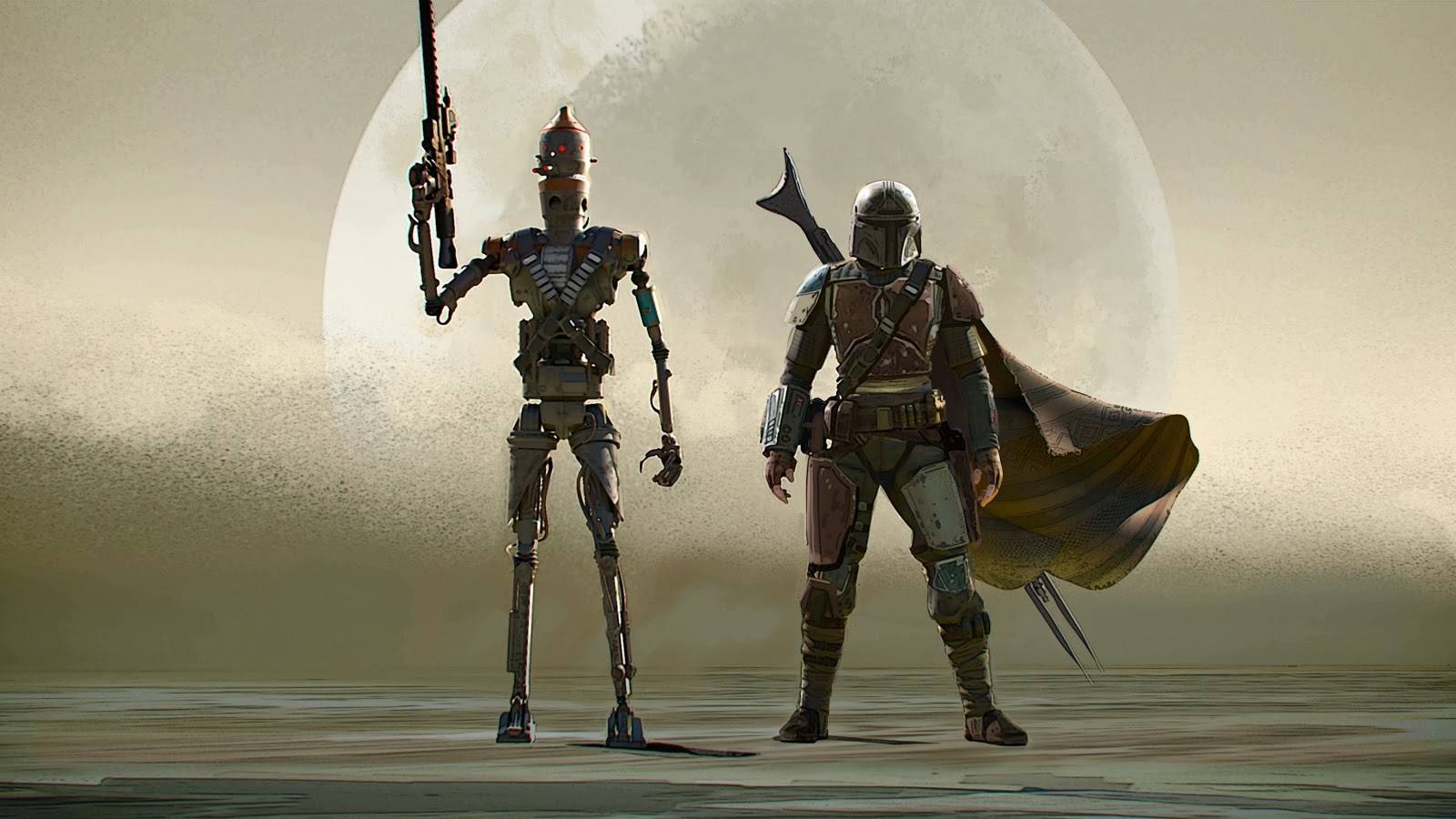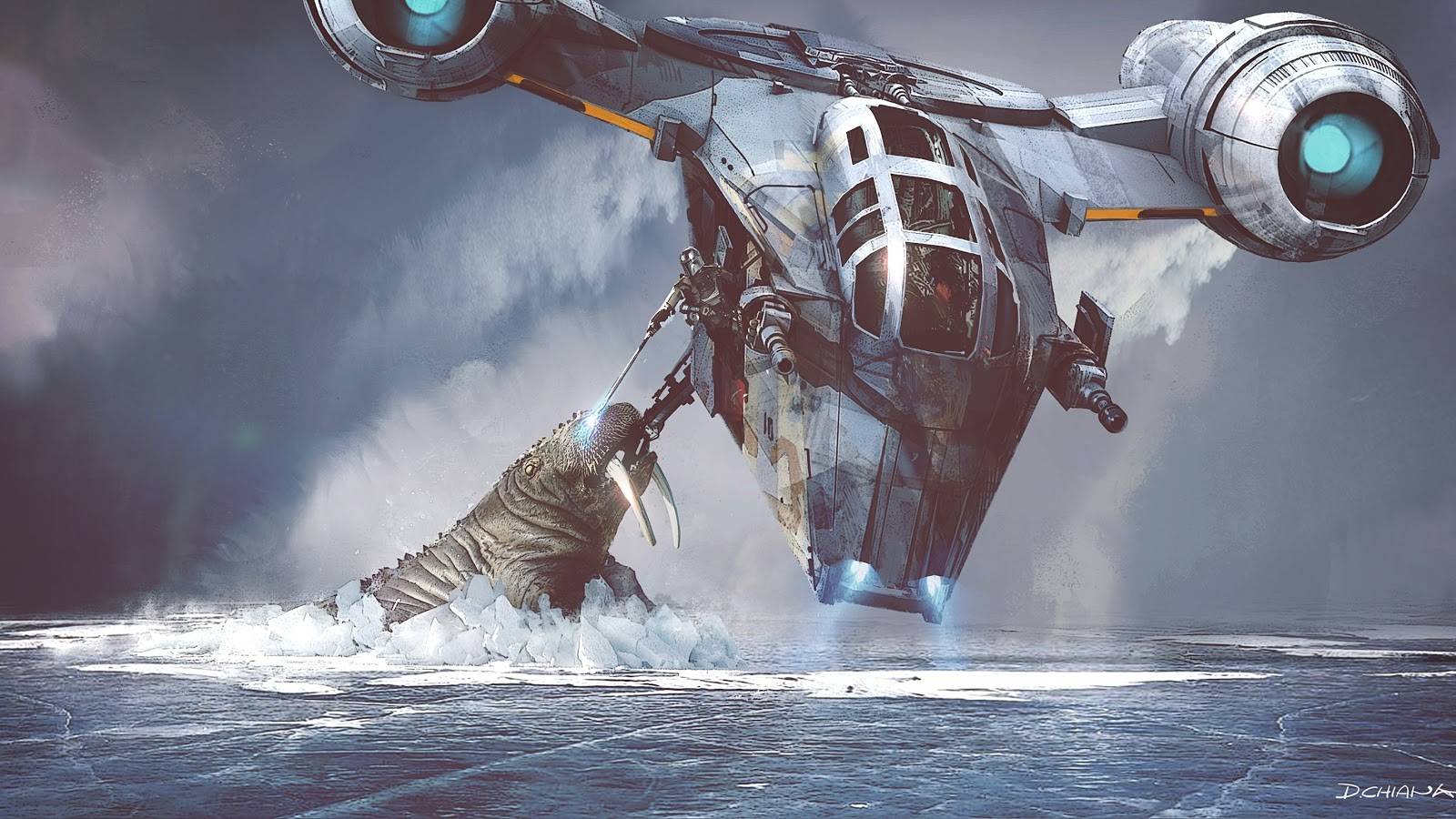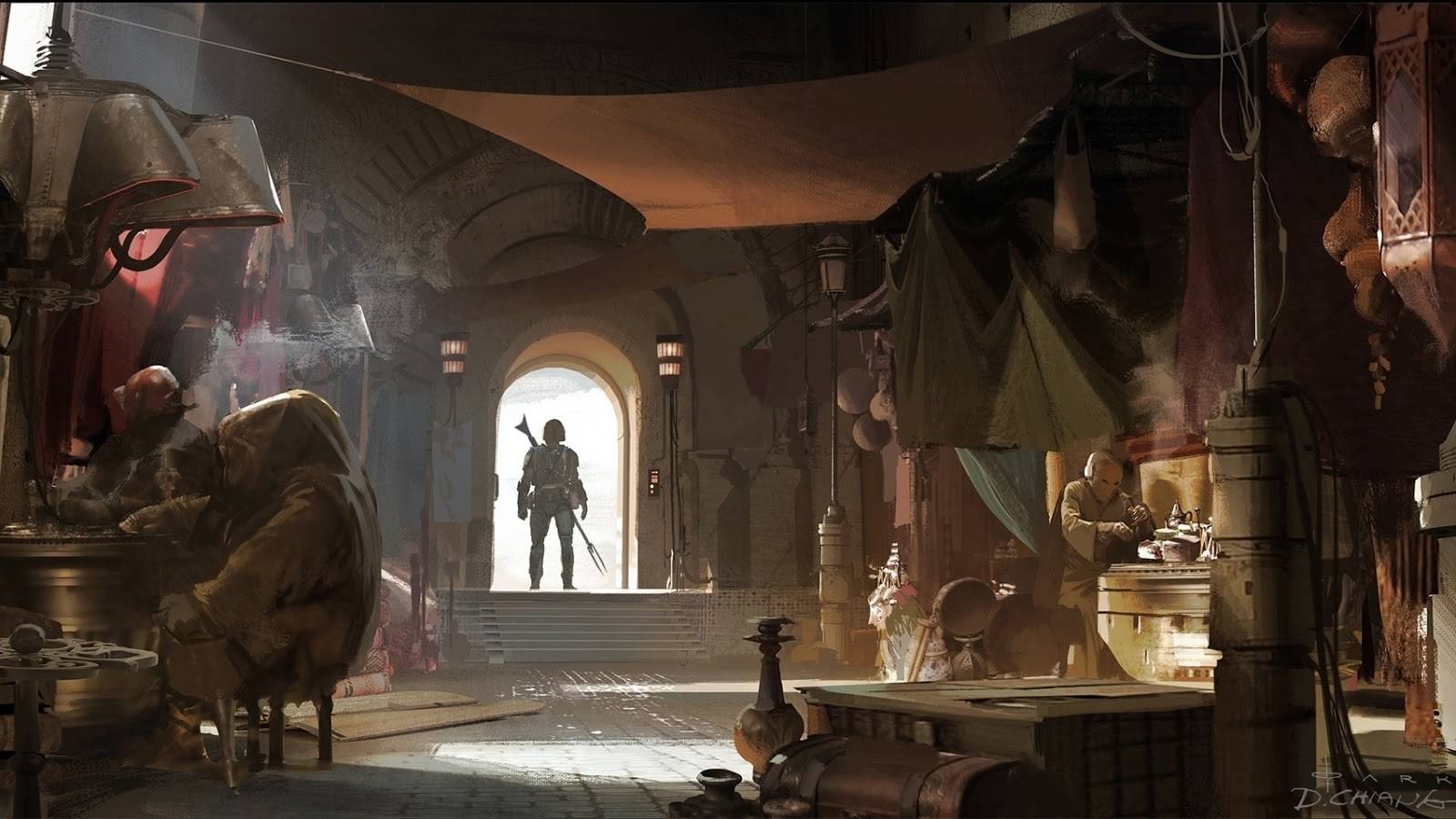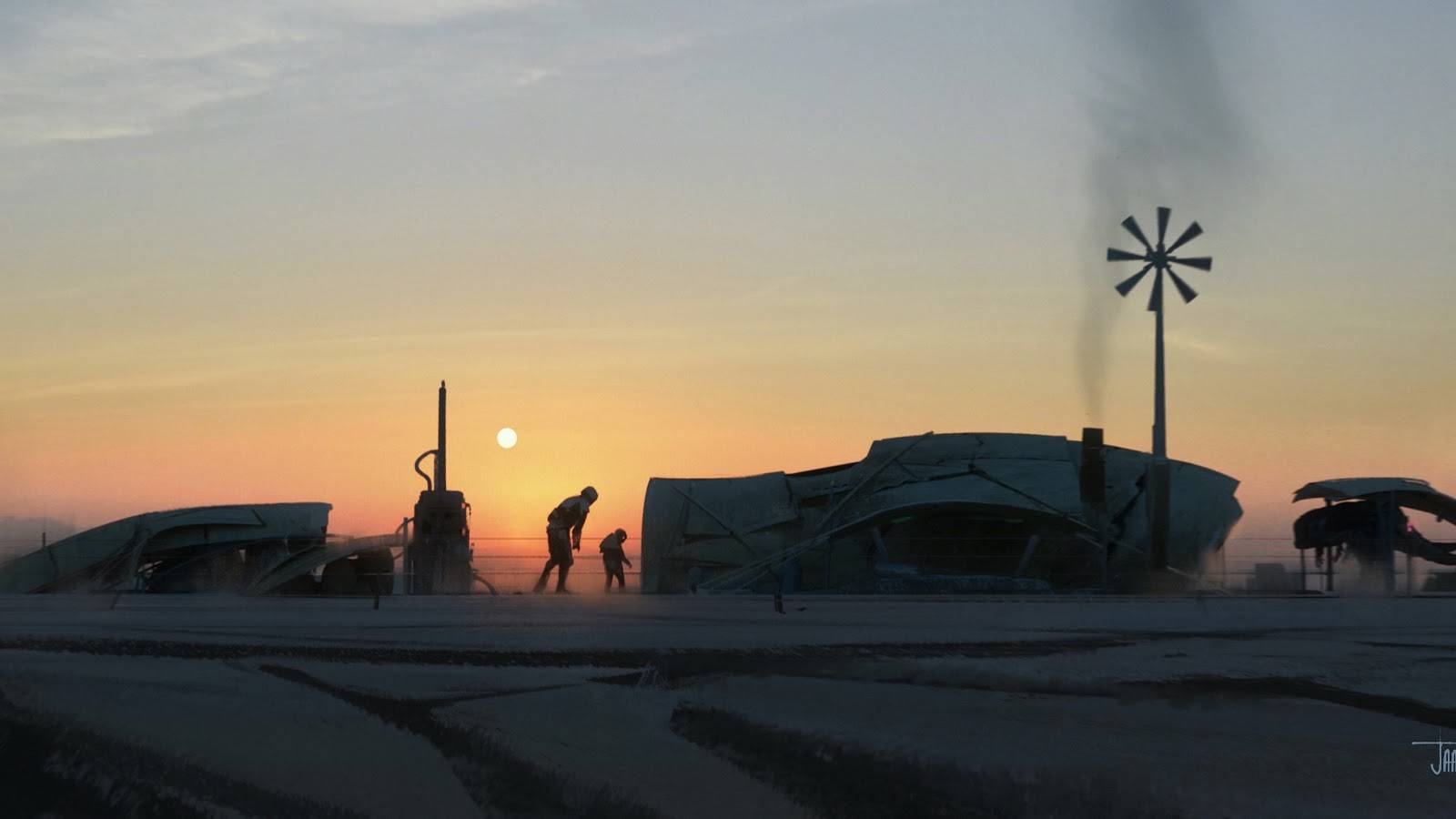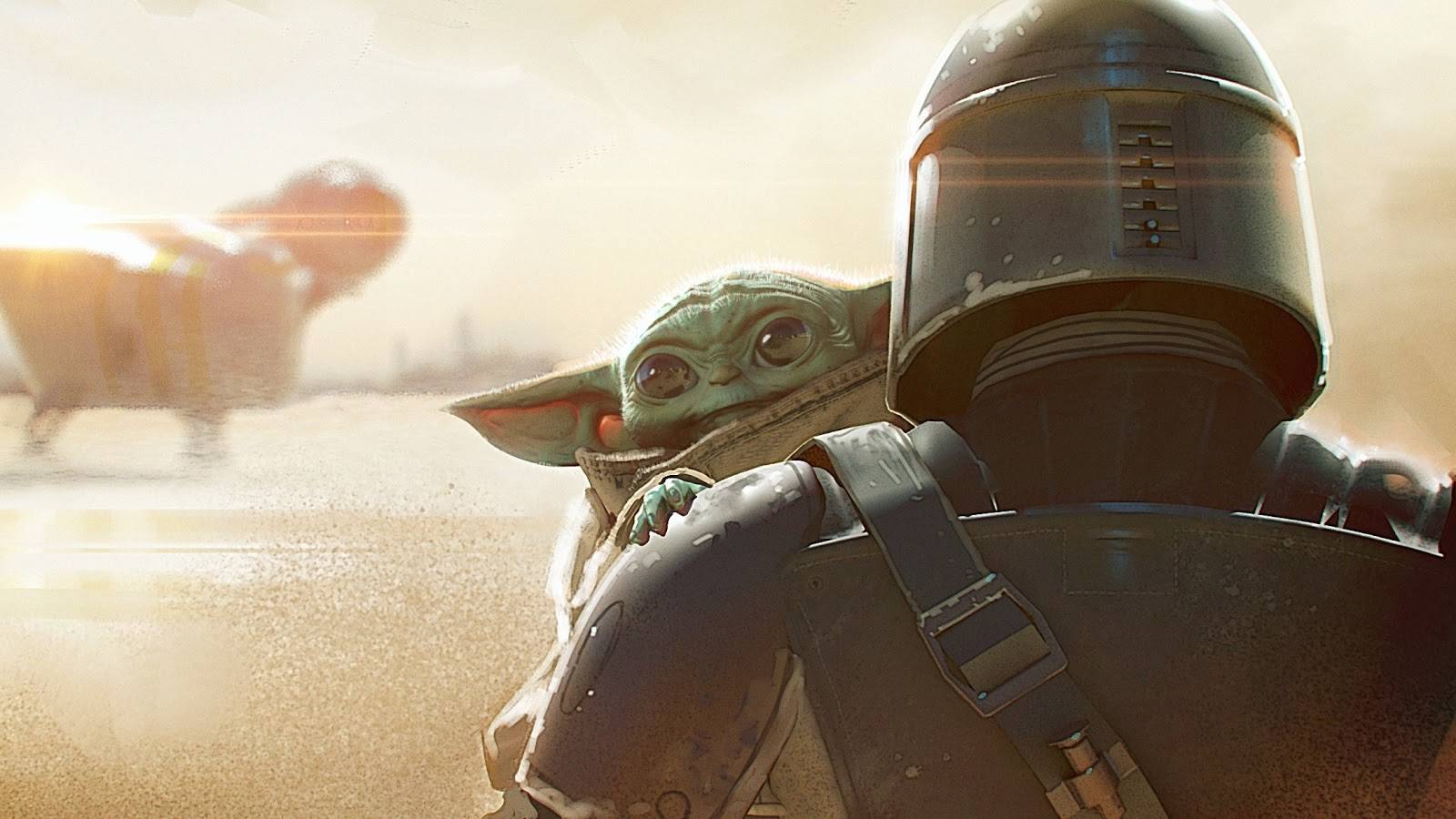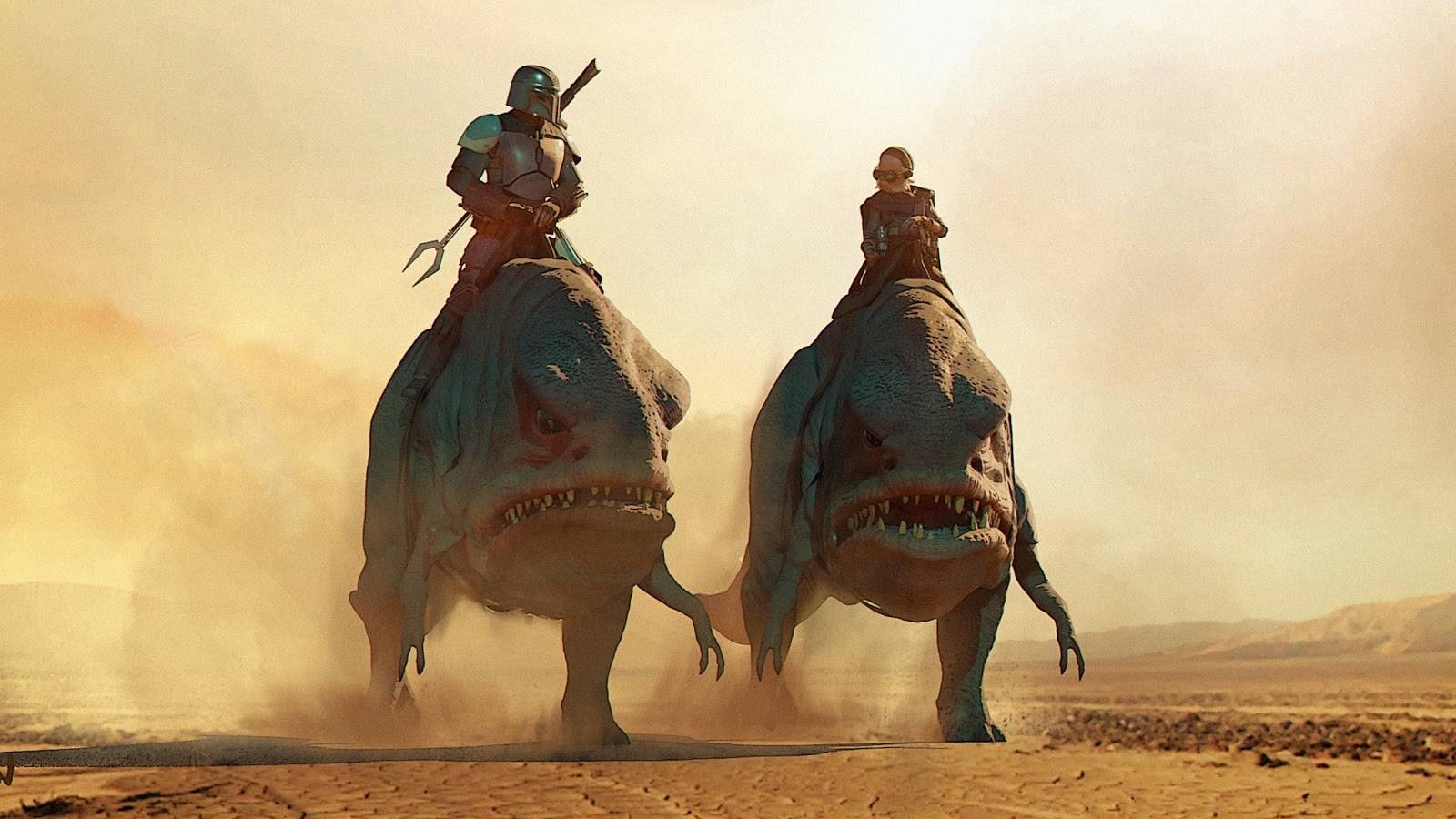Hello and welcome to Laughing Place’s weekly recap of the behind-the-scenes docuseries Disney Gallery: The Mandalorian on Disney+. This week’s new episode is entitled “Visualization” and details how The Mandalorian creator and showrunner Jon Favreau and his crew utilized the pre-visualization process to bring the show to life on the small screen. In the bullet-point list below I’ve selected the most interesting tidbits and factoids revealed in this interesting (though unusually short) nineteen-minute installment.
- Jon Favreau says the original Star Wars film was his gateway into learning about westerns and samurai films. His pitch for The Mandalorian was to have it be inspired by the same things that inspired George Lucas.
- Favreau confirms the influence the Lone Wolf and Cub series had on The Mandalorian. He came up with a “primer” list of movies for the creative team to watch as the show continued development.
- Each episode of The Mandalorian was heavily storyboarded after Favreau would write the scripts. The directors and producers would oversee the storyboarding process. The storyboards were then turned into animatics with temporary dialogue and sound effects.
- The next step would be the pre-visualization stage (or pre-vis), a CGI-rendered mock-up of each scene that resembles a video game cutscene.
- Lucasfilm president Kathleen Kennedy points out one of the major advantages of pre-vis: being able to get the story exactly where you want it to be prior to going into production.
- Favreau talks about how he learned about the pre-visualization process from Walt Disney Animation and Pixar Animation Studios.
- They say the visual effects department has to be involved in the process from the very beginning, and not just thought of as post-production.
- Pre-vis was created for the entire length of every episode of The Mandalorian because of the planning needed to shoot in the Volume (see episode 4 – “Technology”).
- Favreau also talks more about the techniques he learned while making Disney’s The Jungle Book and The Lion King remakes that he incorporated into the pre-production process for this show.
- Virtual cinema and actors in motion-capture suits were used by the filmmakers to create the pre-vis in virtual reality via the game engine already detailed in previous episodes of Disney Gallery: The Mandalorian.
- Favreau says he tried to utilize pre-vis to replicate the atmosphere from his Iron Man reshoots, where the production crew knew exactly what they needed and were incredibly efficient because of it. Director Taika Waititi recalled a similar experience making Thor: Ragnarok.
- Directors Bryce Dallas Howard, Rick Famuyiwa, and Deborah Chow all talk about their experiences using pre-vis and how it helped them in the production stage.
- Chow rewatched a lot of Akira Kurosawa’s films to prepare for her work on The Mandalorian, and she says the Nevarro stand-off in episode 3 “The Sin” was mostly inspired by the movie Yojimbo.
- That sequence used over 7,000 rounds of ammunition and was shot over three days, whereas in a major motion picture it might take two weeks.
- The prison guard droids in episode 6 “The Prisoner” were original supposed to resemble floating trash buckets, but pre-vis helped Famuyiwa realize they needed arms and legs for the fight choreography, so Favreau called design supervisor Doug Chiang and had him create new droids.
- Favreau says the motion-capture choreography is being used for every scene on The Mandalorian season two, and Famuyiwa confirms he is directing another upcoming episode of the show.
The first six episodes of Disney Gallery: The Mandalorian are now streaming exclusively on Disney+.
Sign up for Disney+ or the Disney Streaming Bundle (Disney+, ESPN+, and ad-supported Hulu) now

